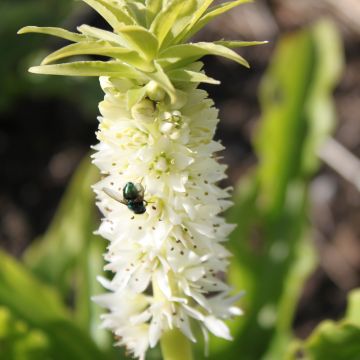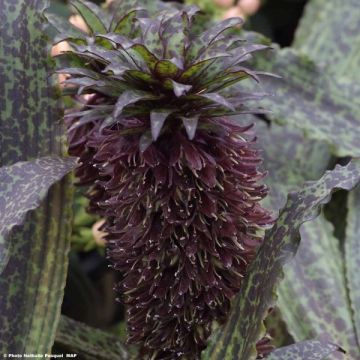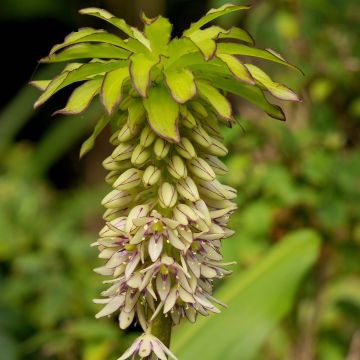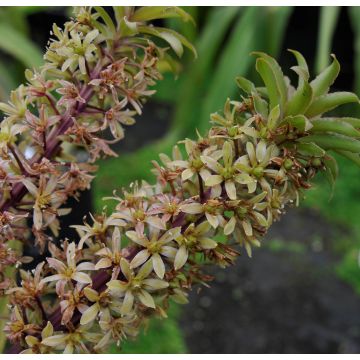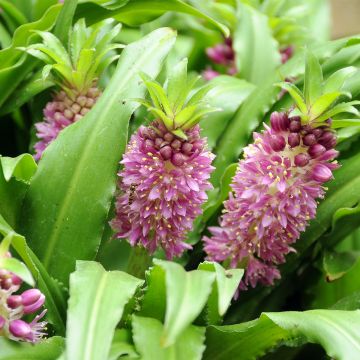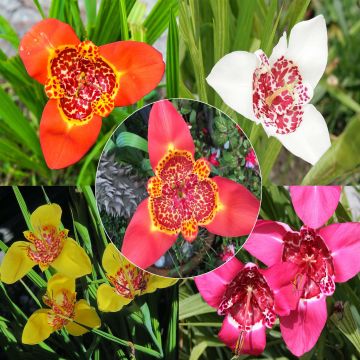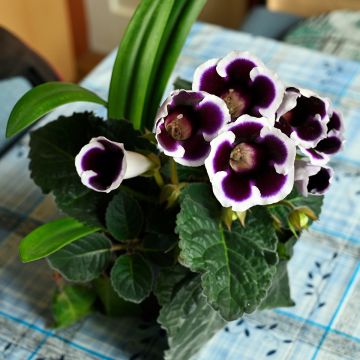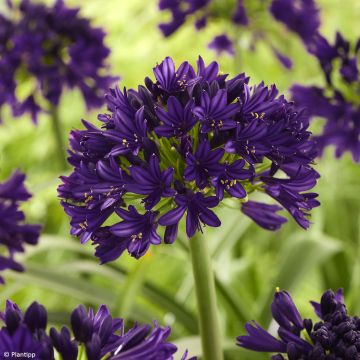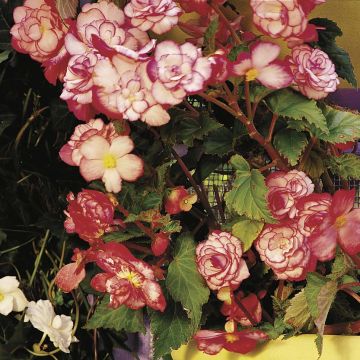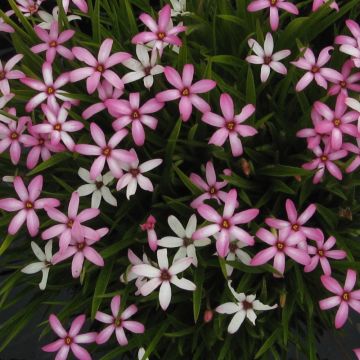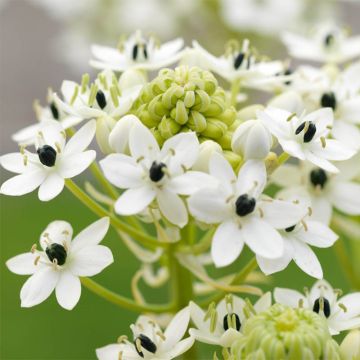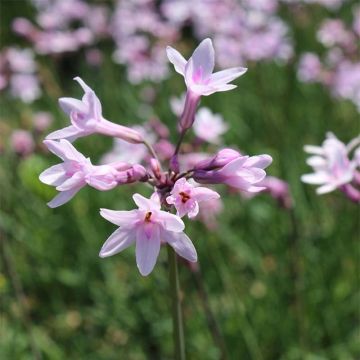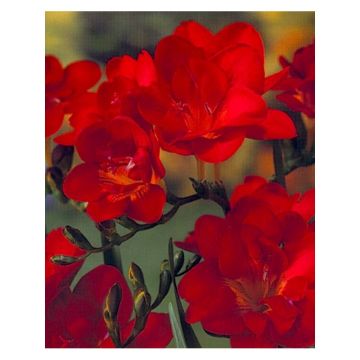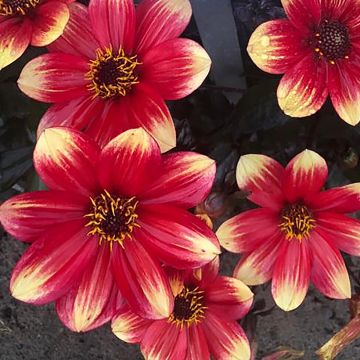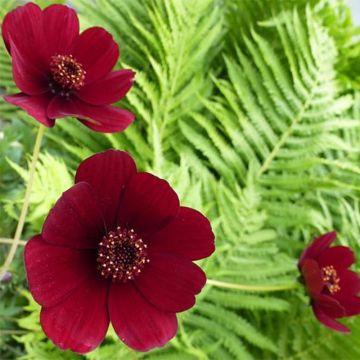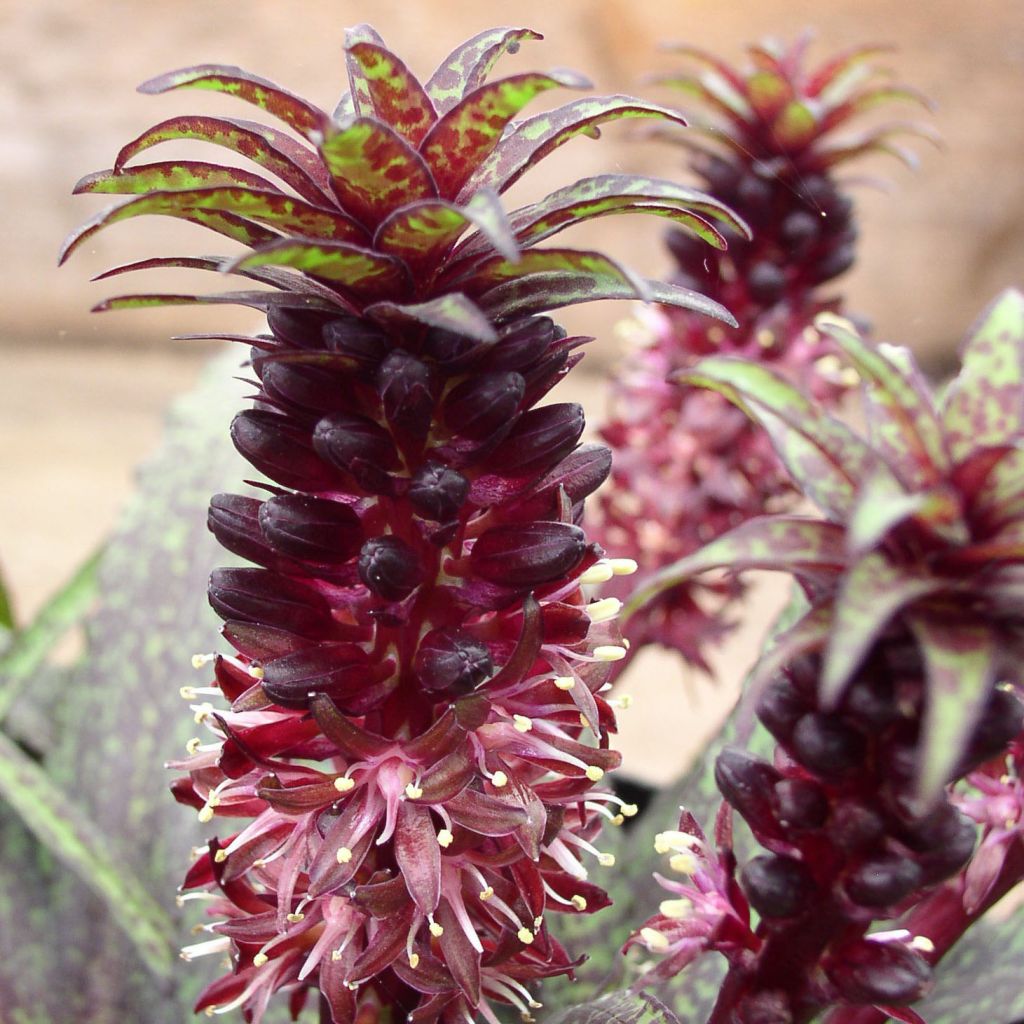

Eucomis vandermerwei - Pineapple flower
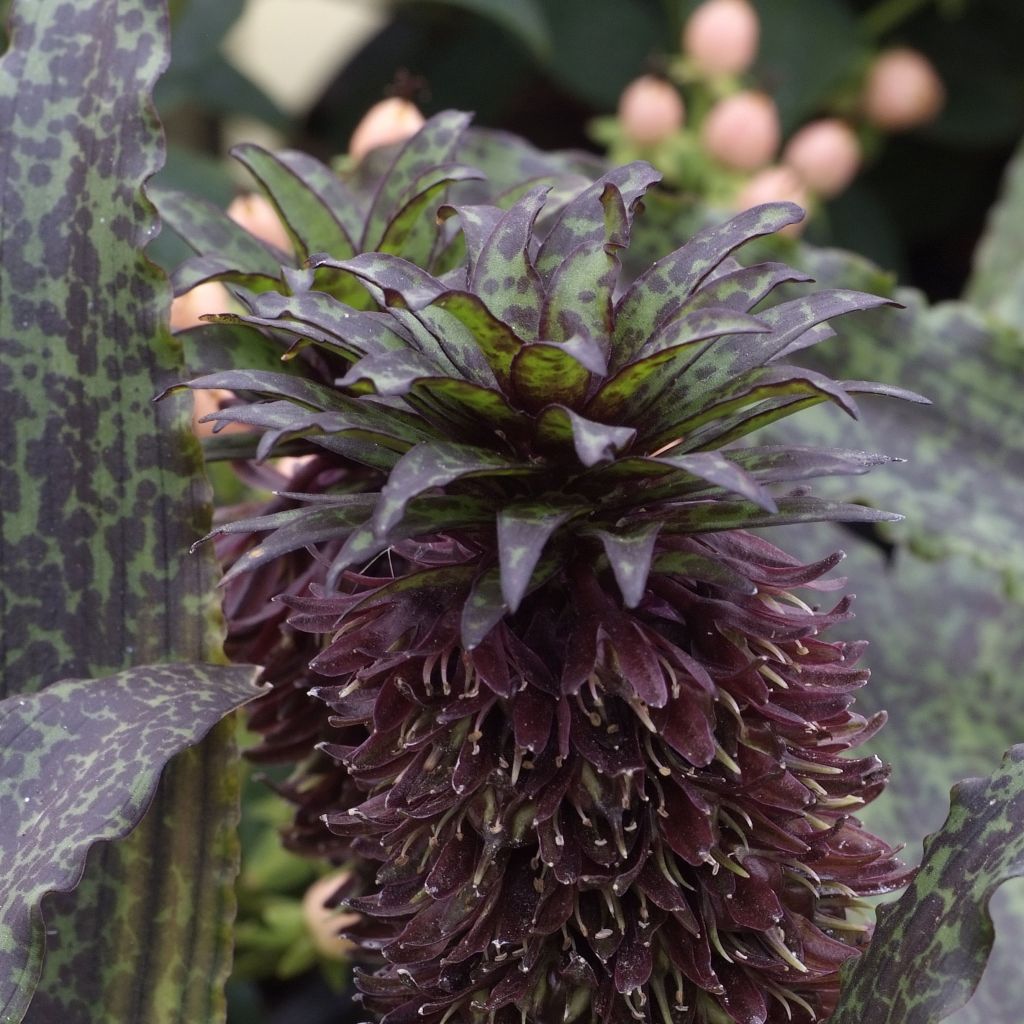

Eucomis vandermerwei - Pineapple flower
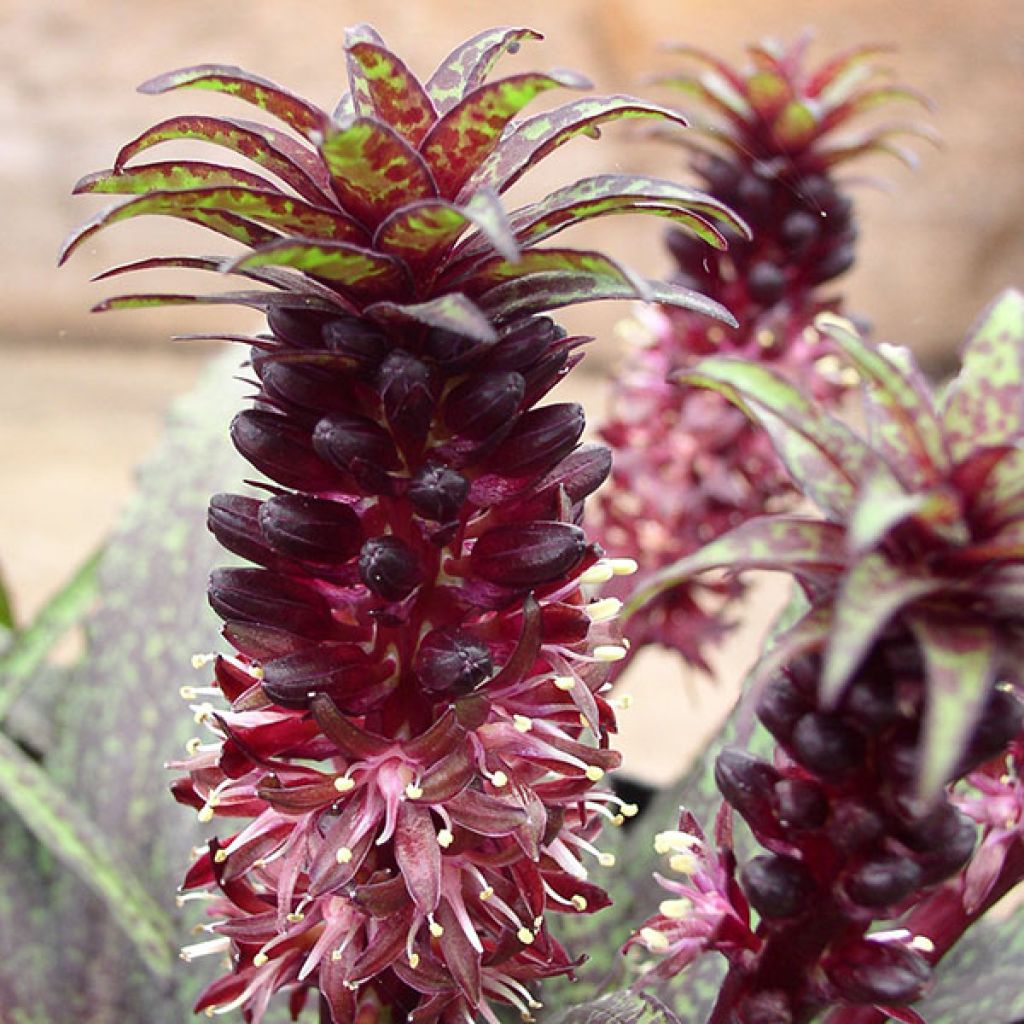

Eucomis vandermerwei - Pineapple flower
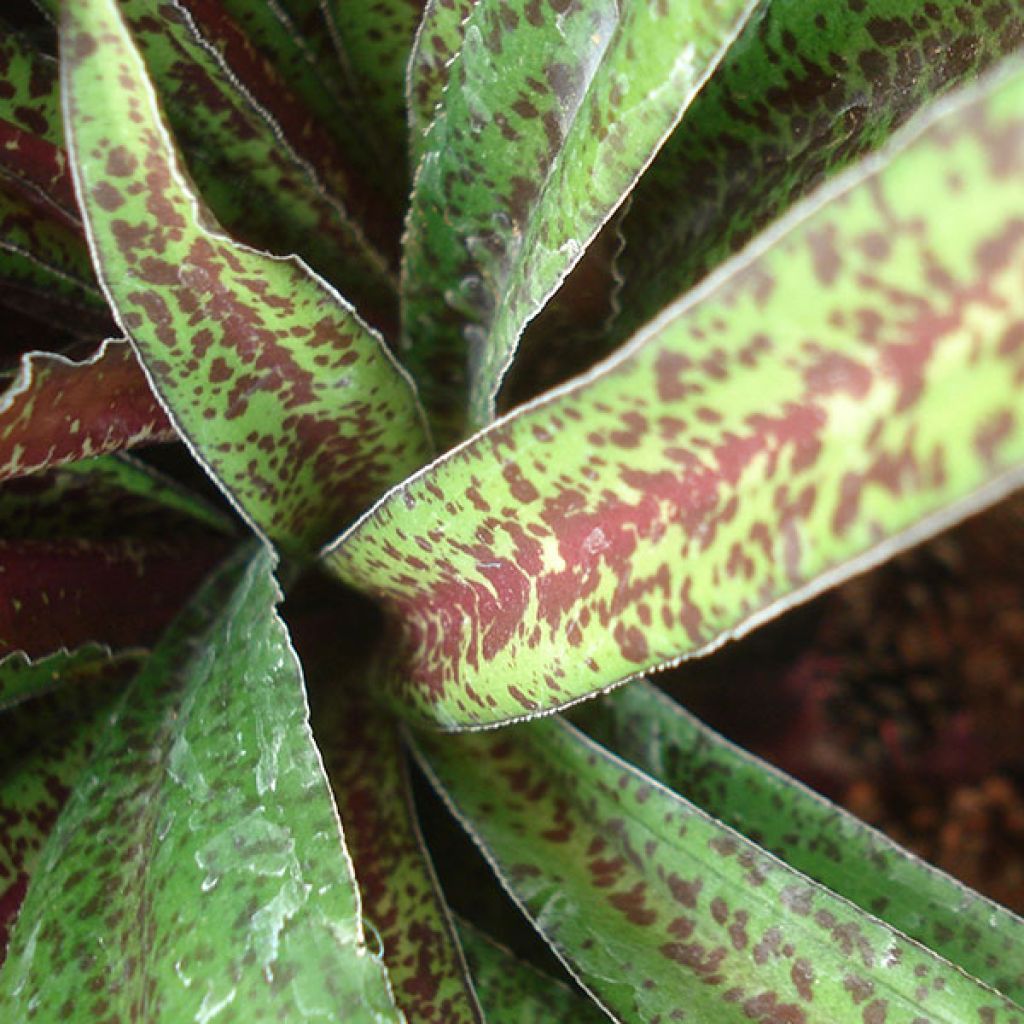

Eucomis vandermerwei - Pineapple flower
Eucomis vandermerwei - Pineapple flower
Eucomis vandermerwei
Pineapple flower, Pineapple lily
unlikely to recover
Mireille D., 05/03/2017
This item cannot be shipped to the selected country
Delivery charge from €5.90
More information
Schedule delivery date,
and select date in basket
This plant carries a 6 months recovery warranty
More information
We guarantee the quality of our plants for a full growing cycle, and will replace at our expense any plant that fails to recover under normal climatic and planting conditions.
From €5.90 for pickup delivery and €6.90 for home delivery
Express home delivery from €8.90.

Does this plant fit my garden?
Set up your Plantfit profile →
Description
Eucomis vandermerwei is a small and highly unique bulbous plant, with rosette foliage that has strongly undulated margins. It is green with brown spots. In early summer, it produces peculiar pineapple-shaped flowers that are tinted with chocolate-purple, topped with a tuft of dark leaves. It is not very hardy, but reliably flowers again. It is ideal for alpine rockeries or pot cultivation in a cold greenhouse. It requires well-drained soil, morning sun, and afternoon shade.
Native to northeastern South Africa, Eucomis vandermerwei grows at high altitudes in the mountainous region of the Drakensberg. It can be found growing on acidic and sandy soils, among the quartzitic stones of the south and east slopes.
This plant develops from an ovoid bulb, from which perennial fleshy roots emerge. From spring onwards, it forms a decorative rosette of 3 to 6 linear green leaves, with upper and lower surfaces speckled and marbled with deep brown. The margins of the leaves are slightly cartilaginous and strongly undulated. In late spring and early summer, light green stems marbled with the same dark tone emerge, carrying the inflorescence 15 to 20cm (6 to 8in) above the ground. This inflorescence is a short raceme, densely filled with small brown flowers that have an unpleasant smell up close. It is crowned with a small head of dark bracts, forming a green tuft with brown speckles The flowers persist for a long time on the plant, and are likely pollinated by necrophagous flies. The flowers are followed by the formation of capsules containing ovoid, black, and shiny seeds. The plant goes into dormancy during winter, remaining in the soil in its bulb form.
Hardy down to -10°C (14°F), Eucomis vandermerwei thrives in morning sun or partial shade, in well-drained, rich, and moist soil. The bulb is particularly sensitive to excess water during winter, which is why it is preferable to cultivate it in an alpine rockery. If in doubt, it is best to overwinter the bulb in a dry and frost-free area, or to grow it in a pot. Plant eucomis in a rockery or in a border with good drainage, alongside kniphofias, crocosmias, and Gladiolus callianthus.
This is the only eucomis plant with foliage speckled with dark spots. Some believe that this is an adaptation to the presence of herbivores that might mistake the plant for its surroundings, allowing it to be spared from intensive grazing.
Report an error about the product description
Eucomis vandermerwei - Pineapple flower in pictures




Plant habit
Flowering
Foliage
Botanical data
Eucomis
vandermerwei
Hyacinthaceae
Pineapple flower, Pineapple lily
South Africa
Other Eucomis
Planting and care
Plant Eucomis vandermerwei bulbs at a depth of 10cm (4in) in well-drained soil thats is rich in sand and acidic compost, spaced 15cm (6in) apart. In heavy soil, plant the bulb in pure sand. Water more abundantly once foliage appears and keep the soil moist during the growing period. In winter, the soil should remain relatively dry. It may be necessary to cover the stump, in the ground, with a transparent and waterproof tarpaulin to protect the bulb from excessive winter moisture.
The plant is also easy to grow in a container: 1 bulb per 18cm (7in) diameter pot. It can be stored in a cold greenhouse.
The plant is hardy in perfectly drained soils.
Planting period
Intended location
Care
-
, onOrder confirmed
Reply from on Promesse de fleurs
Bulbs to grow in pots
Haven't found what you were looking for?
Hardiness is the lowest winter temperature a plant can endure without suffering serious damage or even dying. However, hardiness is affected by location (a sheltered area, such as a patio), protection (winter cover) and soil type (hardiness is improved by well-drained soil).

Photo Sharing Terms & Conditions
In order to encourage gardeners to interact and share their experiences, Promesse de fleurs offers various media enabling content to be uploaded onto its Site - in particular via the ‘Photo sharing’ module.
The User agrees to refrain from:
- Posting any content that is illegal, prejudicial, insulting, racist, inciteful to hatred, revisionist, contrary to public decency, that infringes on privacy or on the privacy rights of third parties, in particular the publicity rights of persons and goods, intellectual property rights, or the right to privacy.
- Submitting content on behalf of a third party;
- Impersonate the identity of a third party and/or publish any personal information about a third party;
In general, the User undertakes to refrain from any unethical behaviour.
All Content (in particular text, comments, files, images, photos, videos, creative works, etc.), which may be subject to property or intellectual property rights, image or other private rights, shall remain the property of the User, subject to the limited rights granted by the terms of the licence granted by Promesse de fleurs as stated below. Users are at liberty to publish or not to publish such Content on the Site, notably via the ‘Photo Sharing’ facility, and accept that this Content shall be made public and freely accessible, notably on the Internet.
Users further acknowledge, undertake to have ,and guarantee that they hold all necessary rights and permissions to publish such material on the Site, in particular with regard to the legislation in force pertaining to any privacy, property, intellectual property, image, or contractual rights, or rights of any other nature. By publishing such Content on the Site, Users acknowledge accepting full liability as publishers of the Content within the meaning of the law, and grant Promesse de fleurs, free of charge, an inclusive, worldwide licence for the said Content for the entire duration of its publication, including all reproduction, representation, up/downloading, displaying, performing, transmission, and storage rights.
Users also grant permission for their name to be linked to the Content and accept that this link may not always be made available.
By engaging in posting material, Users consent to their Content becoming automatically accessible on the Internet, in particular on other sites and/or blogs and/or web pages of the Promesse de fleurs site, including in particular social pages and the Promesse de fleurs catalogue.
Users may secure the removal of entrusted content free of charge by issuing a simple request via our contact form.
The flowering period indicated on our website applies to countries and regions located in USDA zone 8 (France, the United Kingdom, Ireland, the Netherlands, etc.)
It will vary according to where you live:
- In zones 9 to 10 (Italy, Spain, Greece, etc.), flowering will occur about 2 to 4 weeks earlier.
- In zones 6 to 7 (Germany, Poland, Slovenia, and lower mountainous regions), flowering will be delayed by 2 to 3 weeks.
- In zone 5 (Central Europe, Scandinavia), blooming will be delayed by 3 to 5 weeks.
In temperate climates, pruning of spring-flowering shrubs (forsythia, spireas, etc.) should be done just after flowering.
Pruning of summer-flowering shrubs (Indian Lilac, Perovskia, etc.) can be done in winter or spring.
In cold regions as well as with frost-sensitive plants, avoid pruning too early when severe frosts may still occur.
The planting period indicated on our website applies to countries and regions located in USDA zone 8 (France, United Kingdom, Ireland, Netherlands).
It will vary according to where you live:
- In Mediterranean zones (Marseille, Madrid, Milan, etc.), autumn and winter are the best planting periods.
- In continental zones (Strasbourg, Munich, Vienna, etc.), delay planting by 2 to 3 weeks in spring and bring it forward by 2 to 4 weeks in autumn.
- In mountainous regions (the Alps, Pyrenees, Carpathians, etc.), it is best to plant in late spring (May-June) or late summer (August-September).
The harvesting period indicated on our website applies to countries and regions in USDA zone 8 (France, England, Ireland, the Netherlands).
In colder areas (Scandinavia, Poland, Austria...) fruit and vegetable harvests are likely to be delayed by 3-4 weeks.
In warmer areas (Italy, Spain, Greece, etc.), harvesting will probably take place earlier, depending on weather conditions.
The sowing periods indicated on our website apply to countries and regions within USDA Zone 8 (France, UK, Ireland, Netherlands).
In colder areas (Scandinavia, Poland, Austria...), delay any outdoor sowing by 3-4 weeks, or sow under glass.
In warmer climes (Italy, Spain, Greece, etc.), bring outdoor sowing forward by a few weeks.

































